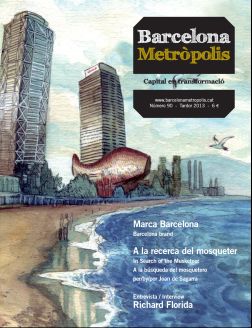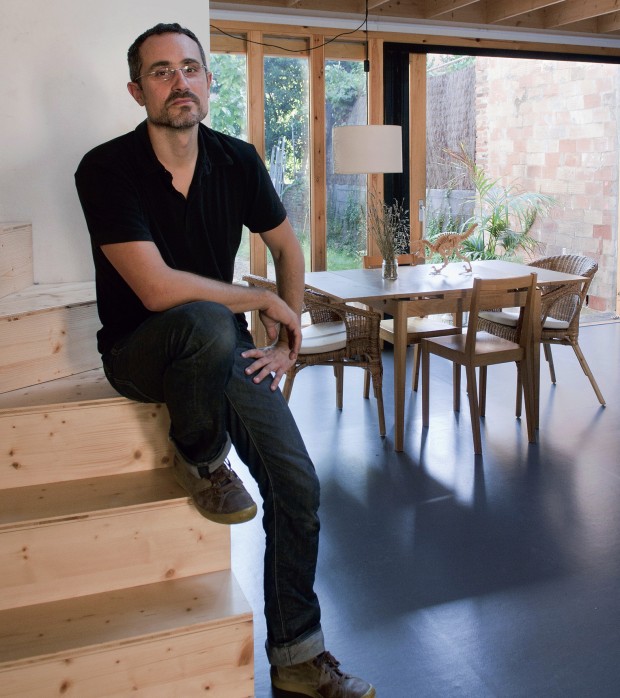After studying at the School of Architecture of Barcelona and taking off to Lund University in Sweden, Marc Folch was granted a NASA scholarship for the “Space for Living – Living in Space” programme developed in Houston by the US agency and the aforementioned university, and trained in Israel with the architect Ze’ev Baran. He subsequently returned to Barcelona to co-found Calderon-Folch Arquitectes together with Pilar Calderon, later to be joined by Pol Sarsanedas. His decided commitment to the concept of sustainable architecture has brought his studio great success, and it was a finalist in this year’s Catalonia Construction Awards and the AVS Awards. It was also awarded the Prix régional de la construction bois (France).
Last year the Calderon-Folch-Sarsanedas studio received the ISOVER Energy Efficiency Award and the AJAC Award for Young Catalan Architects. “Sustainability is not just about reducing consumption and minimising pollution; it also brings wellbeing, health and comfort back into the focus of the architectural discourse.” Marc Folch designed the MZ House in Barcelona, “an example of how to rehabilitate, in energy terms, a century-old home in Barcelona, reducing its power consumption by 90%.
Bioclimatic design is based on a proper interpretation of the natural environment and makes it possible to generate spaces with maximum environmental comfort and minimal –or zero– auxiliary energy dependence,” he underlines. “We know that we live on a planet with limited resources, and if we can leave a minimal environmental impact, then why don’t we?” He tables some data: “The United Nations Environment Programme (UNEP) estimates that buildings contribute one third of total greenhouse gas emissions and consume 40% of the planet’s energy.”
The architecture of Calderon-Folch-Sarsanedas Arquitectes is responsible, committed and supportive of the environment and future generations. In this regard, Marc Folch describes the city as a “model and a source of inspiration” for the world, but he stresses that “if we want to continue to be pioneers and give greater value to our assets then we have to promote new-generation models. And it is precisely in the field of sustainability where we have a great opportunity, both in architecture and urban planning.”




